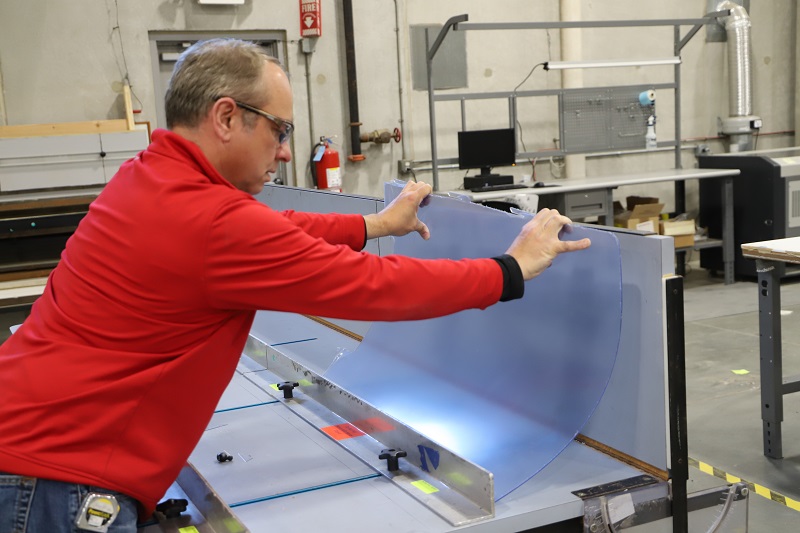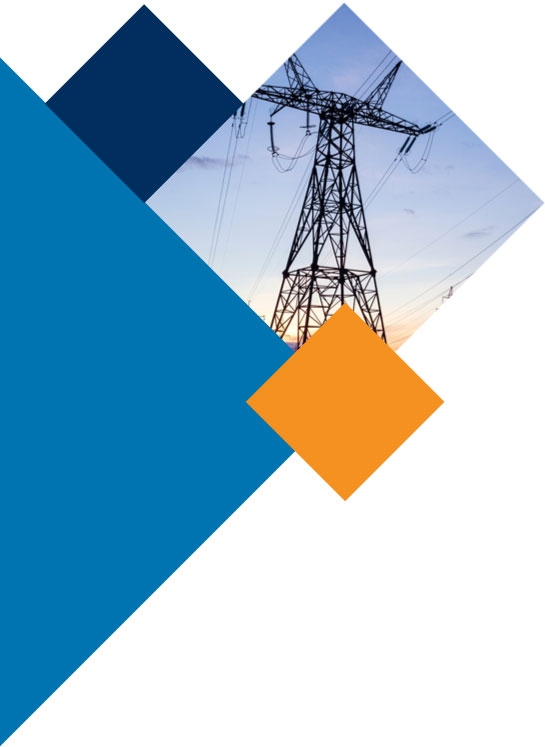Minnesota sets the bar for competitive workforce development

1 Jul 2020
Agralite Arrowhead BENCO Brown Connexus Light and Power Crow Wing Dakota East Central Federated Goodhue Itasca Kandiyohi Lake Country Lake Region McLeod Meeker Mille Lacs Minnesota Valley Nobles North Itasca Redwood Runestone South Central Stearns Electric Steele Todd Wright Hennepin
Minnesota is excelling in its efforts to prepare students for workforce recruitment in the current competitive business climate, even with classes and graduation ceremonies moving online due to the coronavirus pandemic. Scoring high among most educational categories, Minnesota students are graduating ahead of the game and ready for immediate employment. The state is taking action to ensure quality of education remains high and graduation rates continue to increase.
The statistics
Even from a young grade level, Minnesota is seeing school performance averages ranking higher than that of the national average in most school subjects. Fourth graders in Minnesota public schools are performing far better in mathematics than most other states with an average of eight points higher than other public schools in the nation. Since 2007, eighth graders in Minnesota have ranked higher than the rest of the nation in every subject tested: mathematics, science, writing and reading.
As of 2020, 60-74% of Minnesota students have some kind of post-secondary degree. Minnesota ranks second in the nation in the population aged 25 to 64 with an associate degree or higher. According to 2018 U.S. Census Bureau estimates, more than 93% of persons in Minnesota over the age of 25 have a high school diploma or higher.
The higher the level of education a person completes, generally speaking, the higher their income potential, and the lower their chances of becoming unemployed.
This data tells us that the state of Minnesota is exceeding national expectations in most educational categories. While these statistics alone are impressive, it is worth mentioning that Minnesota is also ranked highly in the quality of their public schools and universities.
Number of educated individuals matters, but the quality of that education is even more important.
Minnesota was ranked No.17 on the U.S. News and World Report’s 2019 Best States for Education list, due in large part to the high quality of the educational system of the state.
Minnesota’s contribution to educational goals
Minnesota is working to increase the percent of residents age 25 to 44 who have attained a postsecondary certificate or degree to at least 70% by 2025 as ordered by the 2015 Minnesota Legislature. These changes will establish an even better educated and more capable workforce.
Need-based grant aids and scholarships offered by the state of Minnesota and some Minnesota institutions have a positive effect on enrollment, retention and persistence, leading to more on-time graduation rates. These programs are geared toward students from low- and moderate-income families to help pay for educational expenses at eligible Minnesota colleges or universities.
Some examples of this type of aid being offered to students to increase graduation rates are:
- Federal Pell Grant
- Supplemental Educational Opportunity Grant
- Minnesota State Grant
- Child Care Grant
- Minnesota Teacher Candidate Grant
- Aid for Students with Special Circumstances
- Scholarship Tips
- Scholarships Offered by Individual Minnesota Institutions
More details regarding how Minnesota is contributing to the educational goals of students through these programs are available here.
Minnesota workforce training and recruitment resources
For those who have not received the education needed to pursue a position in the Minnesota workforce and those who are already employed but need further training, employment training programs are available to youth and adults alike. Technical skills are often just as important as educational knowledge when it comes to workforce recruitment.
Some examples of programs Minnesota offers non-traditional and traditional students alike desiring higher education and technical skills include:
- Career and Technical Education (CTE)
The CTE program provides a deeper understanding of academic concepts and technical skills. The program focuses on various occupational pathways and helps develop a solid college and career path while students are still in school.
- Job Corps
Job Corps provides on-the-job training and teaches eligible young adults the skills needed to become employable. With Job Corps, students will be placed in jobs or education programs as determined by their desired career path.
- Office of Youth Development
The Office of Youth Development serves low-income and at-risk students who lack academic and technical skills needed for the workforce, preparing them to succeed in a global economy.
- Adult Basic Education Program
This program provides opportunities to adults through the Minnesota public school system to gain the academic, interpersonal, and problem-solving skills necessary to obtain a desired employment position. Free classes in ESL, GED, college prep, computers and more are available through this program.
- Workforce Solutions
Workforce Solutions offers customized training from 37 colleges and universities for those already employed who need additional tailored training. This program’s goal is to provide solutions to businesses that increase employee skills. Continuing Education courses designed for working adults are also available through Workforce Solutions.
The HIRED organization provides job-skills and employment training to disadvantaged people. The organization offers job seeker resources, career training, youth services and individual employment counseling among other services.
- The Job Service Program
The Job Service Program functions as a labor exchange by helping job seekers find work and by helping employees recruit qualified employees for job openings.
The state of Minnesota strives to maintain a high graduation rate and encourages students to pursue some form of secondary education as they prepare for workforce recruitment in the current competitive business climate. A variety of resources ready to assist those who need additional workforce training and technical skills for their desired career are also available. Finally, when it comes to selecting qualified employees for businesses, Minnesota makes it easy. Job service programs and dedicated economic development organizations are in place to make these connections happen.
More Topics




